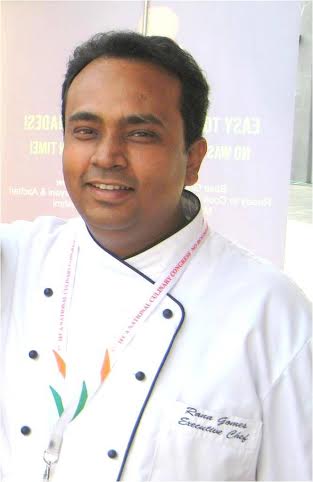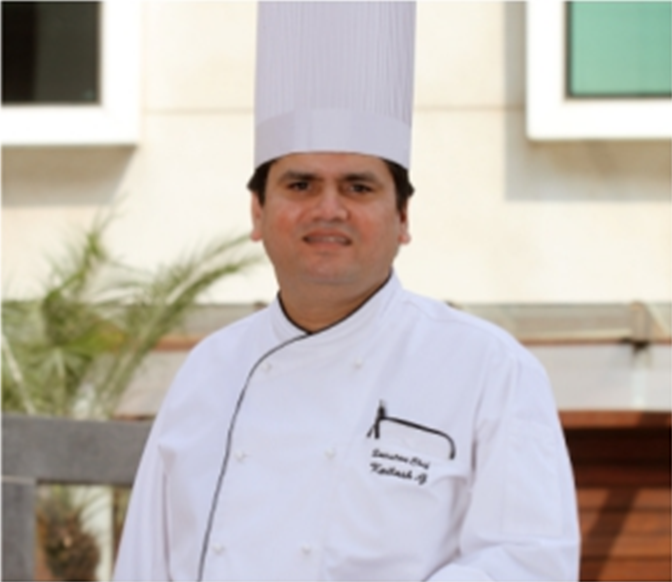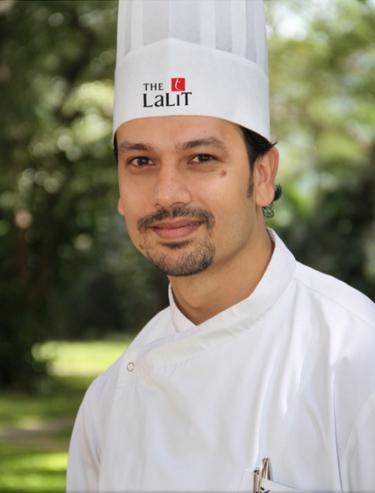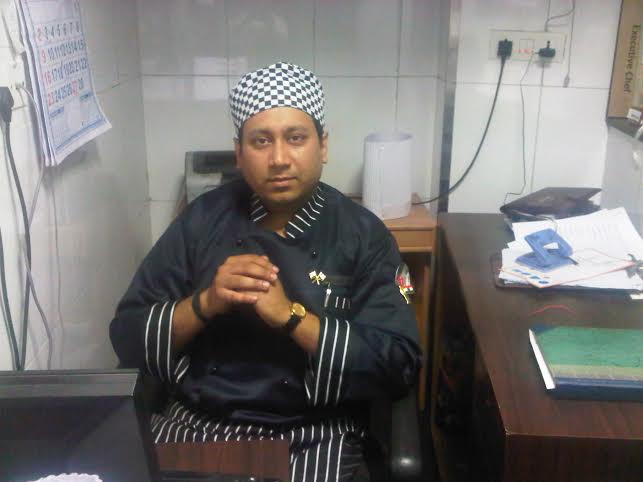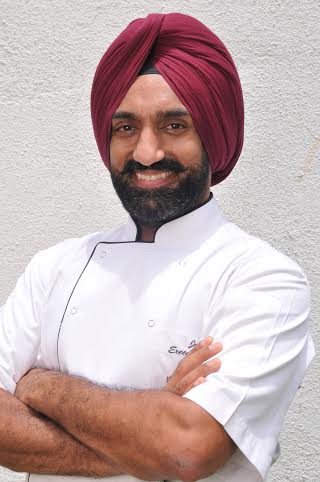DREAM ON
Oct 11, 2019, 11 26 | Updated: Oct 11, 2019, 11 26
“The privileged create the world, the underprivileged live by its rules. India 1: the ruling class. India 2: the emerging class. India 3: the downtrodden.”
DREAM:IN, an initiative started by two Bangalore based entrepreneurs aims to guide bright youngsters by helping them showcase their ideas to potential investors.
Youngsters from all over are invited to share their ideas and the ones short-listed are made to go through workshops (Dream Camps) where mentors, who are established individuals from various fields, discuss and structure these ideas and provide valuable feedback.
These ‘Dreamers’ will then eventually get to meet members of the investment community in a DREAM:IN conclave (scheduled to be held later this year) and present their business plan.
We spoke to the founders Kush Medhora and Sonia Manchanda about DREAM:IN and it’s mission.
On what basis do you select the dreamers?
Every Dream that we capture is first watched and analysed by the DREAM:IN Team. We test each Dream using our 3I Test (The I’s stand for – innovation, impact and inclusion) The Dreamers are then shortlisted and invited for Dream Camps, which are two-day workshops in Bangalore.
Day 1 of the Dream Camp consists of an interaction between Mentors (experts from various fields including technology, finance, sustainability, design etc.) and Dreamers (students/young entrepreneurs from all over the south and parts of western India) to discuss ideas, share their dreams and gain valuable feedback. The mentors then use the DreamWheel tool to analyse the Dreams. (The DreamWheel tool gives users an understanding of the balance between the left and right hand side of the person and the plan; the practical and the passionate sides, between profit and purpose. A 360° positive profit model). The shortlisted Dreamers are called for day 2. However, the others not shortlisted are given their scores and a feedback from the mentors. They are told to work on their ideas/plans and come back for another camp.
Day 2 is a day of action. The short-listed Dreamers are invited to come back and work with a team to shape their ideas and create scenarios in the form of DreamScapes (Dreamscaping is a globally accepted design thinking methodology that helps bring alive stakeholders, the short term plan and the long term vision so that it is a holistic view) They also get a chance to pitch their ideas to a group of Super Mentors. Post this, the Mentors and the DREAM:IN Team continue to work with the young Dreamers to help them create their Dream plans (the DREAM:IN business plan format) to get them business ready.
Why is a venture like DREAM:IN important, especially in India?
India can be described as a shifting landscape beyond words, numbers and boundaries, a sea of people and an ocean of dreams. People are our great country’s biggest resource and its most complex subject. Innovation is India’s calling card. However, what is the starting point of innovation, design and all creation? It does not lie in the industrial economy, nor in the knowledge economy but within the creative economy. The infinite potential of individuals is the best resource for emerging economies, and what better place than India to validate this hypothesis and watch dreams come alive, come true.
DREAM:IN is a complex yet simple design system that engages diverse clusters of people in a meaningful way to capture dreams and take them from imagination to reality with skill speed and imagination. It became a shared dream right from the start. It found its place on the web from where it created its own neural network of believers from across borders, continents, cultures and nations. DREAM:IN today, is a platform, that gives everyone a chance to share their Dream irrespective of social background, sex, caste, creed etc.
How does this work as an economic model for you?
As a for-profit company, the DREAM:IN organisation will run on revenues from consulting projects, education and training modules. An incubator program is also being planned and there is a model in place to earn revenues from the DREAM:IN Next Gen program. In the long run, the DREAM:IN Portal will also become a source of revenue. DREAM:IN also does several social projects on a not-for-profit basis; in fact we are currently working on a project with farmers in the district of Tumkur (called DREAM:IN Tumkur) with support from the Manipal Foundation.
If a student has a business idea, what is the right way to approach you?
Currently, all one needs to do is to send an email with a brief description of their idea to dream@dreamin.in and our team will then get in touch with him/her. We are in the final stage of launching the DREAM:IN Portal (www.dreamin.in), which when live, will enable anyone, anywhere to upload and share their Dreams directly on the website.
What was your motivation behind starting DREAM:IN?
The idea behind DREAM:IN is to give people the right to dream because when everyone moves forward, only then can we realize dream societies. Within each individual, there are ambitious aspirations waiting to be realized – which are most often beyond self and encompass the greater good. But even more fundamentally, each individual has the desire to create a legacy, to dream a deep and big dream, and this is a very positive sentiment. The privileged create the world, the underprivileged live by its rules. India 1: the ruling class. India 2: the emerging class. India 3: the downtrodden.
We/they all want opportunity and the mentorship from innovative thinkers who look at them with fresh eyes, who see possibility, fire, energy and the spirit to chase big dreams, the capacity to think beyond themselves at an inclusive, progressive future for their children, themselves, their town, their city and most importantly, their country. Change can be disruptive or change can be positive. It’s up to us.
Students, at that young age, may have good ideas but often, have unrealistic notions about entrepreneurship. Why do you think they're the right target crowd for DREAM:IN? Why not slightly experienced youngsters, who’re in their mid twenties or so?
Our target group- are people between the ages of 18 – 35, that means that while we are reaching out to youngsters in college, we are also working with slightly older entrepreneurs (mid twenties to early thirties). In fact, some of the entrepreneurs that have attended the Dream Camps are in this age group. We also make it a point to reach out to various alumni associations. We feel that DREAM:IN Next Gen is the right platform for the youth of today (Keep in mind that there are many other avenues for slightly older people but not so many for the youth in terms of entrepreneurship) as today’s youth are change-seeking and are not afraid to take risks. The bigger problem here is that reports say that by 2020, there will be close to 45 million unemployed educated young people (graduates and post graduates) in India (which will still be the largest youth population in the world), in order to avoid such a situation, DREAM:IN Next Gen aims to transform the youth from being mere consumers of income and employment to becoming creators of wealth and employment.
How does it work, what’s the process like for a student from the point of sharing his/her idea to the point it gets picked up/ rejected by an investor.
The first step is reaching out. Our team has reached out to over 150 higher educational institutions in South and West India. A talk on the basic concepts of entrepreneurship and the DREAM:IN opportunity is presented to a group of students in colleges by our Team (the faculty in charge normally sets up this presentation and invites students that are interested in entrepreneurship to attend). Post the presentation, our team interviews each and every students individually and captures their Dreams on video (Please note that in the past we have had two DreamCatching training sessions in Bangalore, wherein, post the above mentioned presentation, selected volunteers from various colleges were invited to train in the Dream Catching methodology and go back to their colleges to capture entrepreneurial Dreams of their fellow students and then send them back to us). All Dreams captured will find a place on the DREAM:IN Portal (once it is live). People can also approach us directly (via dream@dreamin.in) to share their Dreams.
Once we receive the Dreams, our team analyses each and every Dream and selects a few to be invited for the Dream Camps (this is explained in detail under question 1).
Later this year, we are planning to have a Conclave where all the Dreamers that we have worked with, will have the opportunity to pitch their ideas in front of the investment community (who we will be inviting for the same). Some of their ideas have already been showcased to investors and have been very well received.
How are you marketing this venture? How’s the response been so far?
Right from its inception, the response has been great. DREAM:IN has had tremendous participation, support and has been very well received by people all over the world. It’s been showcased in the USA, Brazil, the Netherlands, China and all over India. DREAM:IN has become a movement (and is still growing) with an active base of followers online - on Facebook, Twitter, LinkedIn and the DREAM:IN Blog and also on ground. We have even had the support of the National Innovation Council who expressed interest in wanting to do something with DREAM:IN. Apart from reaching out directly (and indirectly) to educational institutions across the world, several large organisations have shown interest and have asked for sessions with the Team, to understand the concept and see how we could possibly work together.
Organisations like WDHB and Leaders Quest have asked for DREAM:IN to be showcased to participants of their events several times already. All this will eventually converge online, on the DREAM:IN Portal, where everyone will be able to connect with each other to share and believe in Dreams, provide mentorship and guidance and connect with each other over the Internet.


